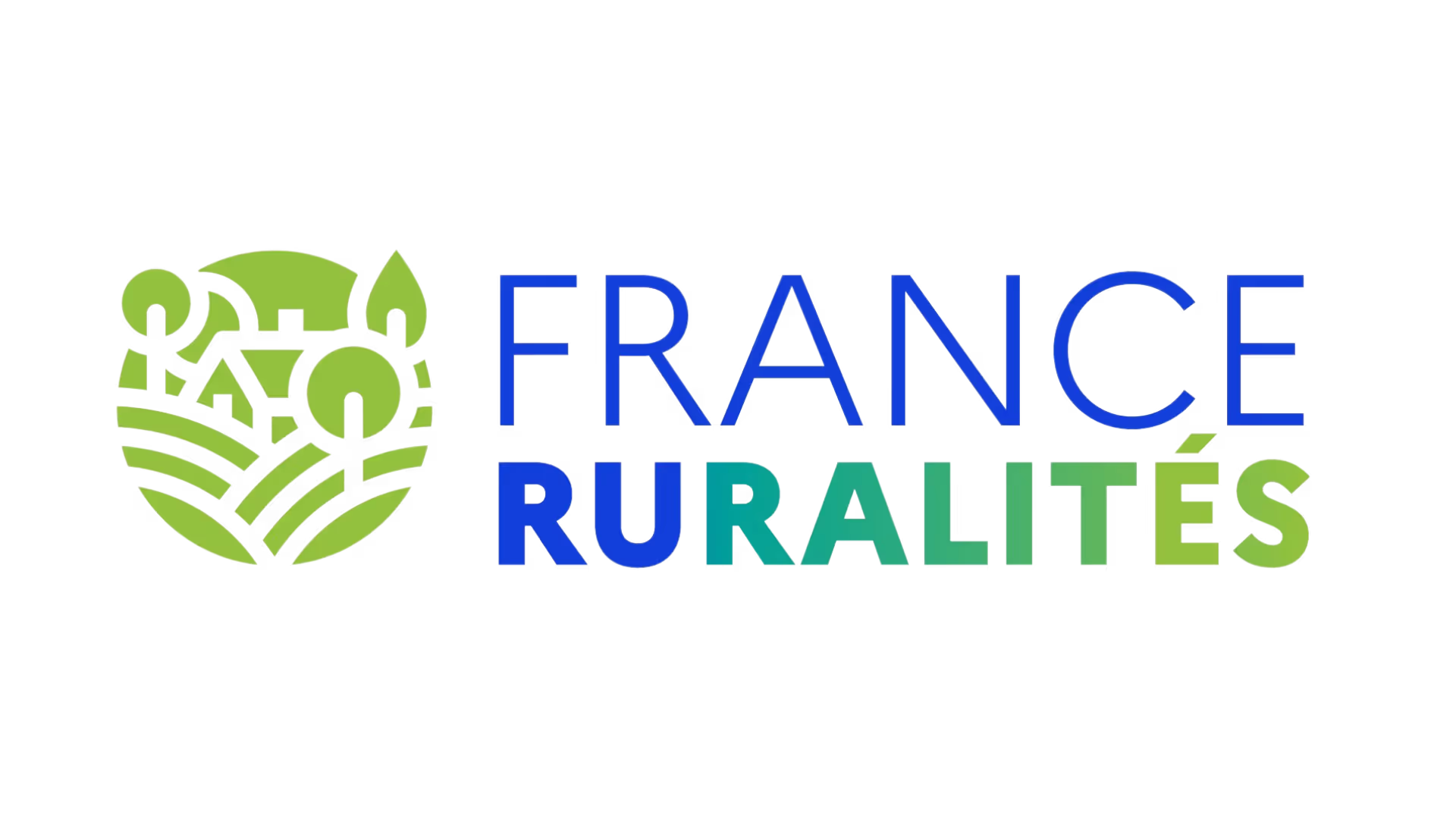Plan France Ruralities & Green Fund
Have the mobility of your citizens financed
One French person out of three lives in rural areas, where public transport is often non-existent. Thanks to the France Ruralities Plan, a financing opportunity is available to those who want to offer their fellow citizens an alternative to the car.
une opportunité de financement s’offre à ceux qui veulent proposer à leurs concitoyens une alternative à la voiture.
Here is how the Green Fund can financially support your initiatives.
vos initiatives.

What is the Green Fund?
The Green Fund, at the heart of the France Ruralities Plan, plans to invest 90 million euros between 2024 and 2026. This financial system encourages sustainable and local mobility projects, such as those:
Ce dispositif financier encourage les projets de mobilité durable et de proximité, tels que ceux :
- Requiring or having a mobility strategy.
- Including the establishment of services or infrastructures.
- Allowing a drawdown to flow generating poles or multimodal exchange hubs (PEM).
Good news, DRT is eligible for the Green Fund as a sustainable mobility project.

Is your territory affected?
Territories covered by this plan include:
- Metropolitan France (rural EPCIs, classified in intermediate density and in Île-de-France).
- Eligible overseas departments/regions (DROMs).
Find the list of eligible territories starting on page 11 of This document.

Who can apply for funding?
The France Ruralities Plan identifies eligible project leaders. Among them:
- Mobility organizing authorities (AOM).
- Organizations with a delegation of competence.
Note that even in the absence of expertise, elected representatives from a sparsely populated area can propose a mobility project provided that they are supported by a regional AOM, as a “second-class” delegation.
les représentants-élus d’une zone peu dense peuvent proposer un projet de mobilité à condition d’être soutenu par une AOM régionale, au titre d’une délégation
“de second rang”.

How do you give your request every chance?
For a mobility project to be selected, you must ensure that it:
- Participate in the ecological transition in rural areas.
- Respect the types of expenses eligible by the Green Fund (such as investment and operating costs).
- Be submitted before the end of 2024.
- Can be achieved in less than 3 years.

How do you prepare your file?
To apply for a grant from the Green Fund, you must fill out an online form containing:
- A note presenting your mobility project.
- The approval of an AOM.
- A provisional financing plan and other documents relating to the project leader (RIB for example).
You can call on the regional engineering support units France Mobilities, the CEREMA And theADEME to prepare your file.

And then?
Once you have finished preparing all the elements of your file, you can submit it on the platform
Territorial aids or on Simplified procedures. Finally, your file will be examined by the prefect of your department. If accepted, your project will be awarded a grant that can finance up to 50% of your investment and operating costs for the first two years of the service.
Enfin, votre dossier sera examiné par le préfet de votre département. S’il est accepté, votre projet se verra attribuer une subvention pouvant financer jusqu’à 50% de vos coûts d’investissement et de fonctionnement des deux premières années du service.
This aid can be combined with other regional, state, or European aid.

A project in mind?
Padam Mobility can help you with your procedures. Since 2014, we have been developing dynamic and intelligent Demand-Responsive Transport (DRT and TPMR) solutions based on proven algorithms. The transport consulting team can offer you a feasibility study of DRT in your territory, eligible for the Green Fund.
Depuis 2014, nous développons des solutions de Transport à la Demande (TàD et TPMR) dynamiques et intelligentes reposant sur des algorithmes éprouvés. L’équipe de transport consulting peut vous proposer une étude de faisabilité du TàD sur votre territoire, éligible au Fonds vert.
Find out about this Case study how 5 territories improved the mobility of their peri-urban and rural areas thanks to Demand-Responsive Transport.










